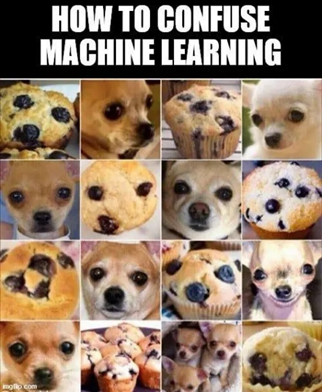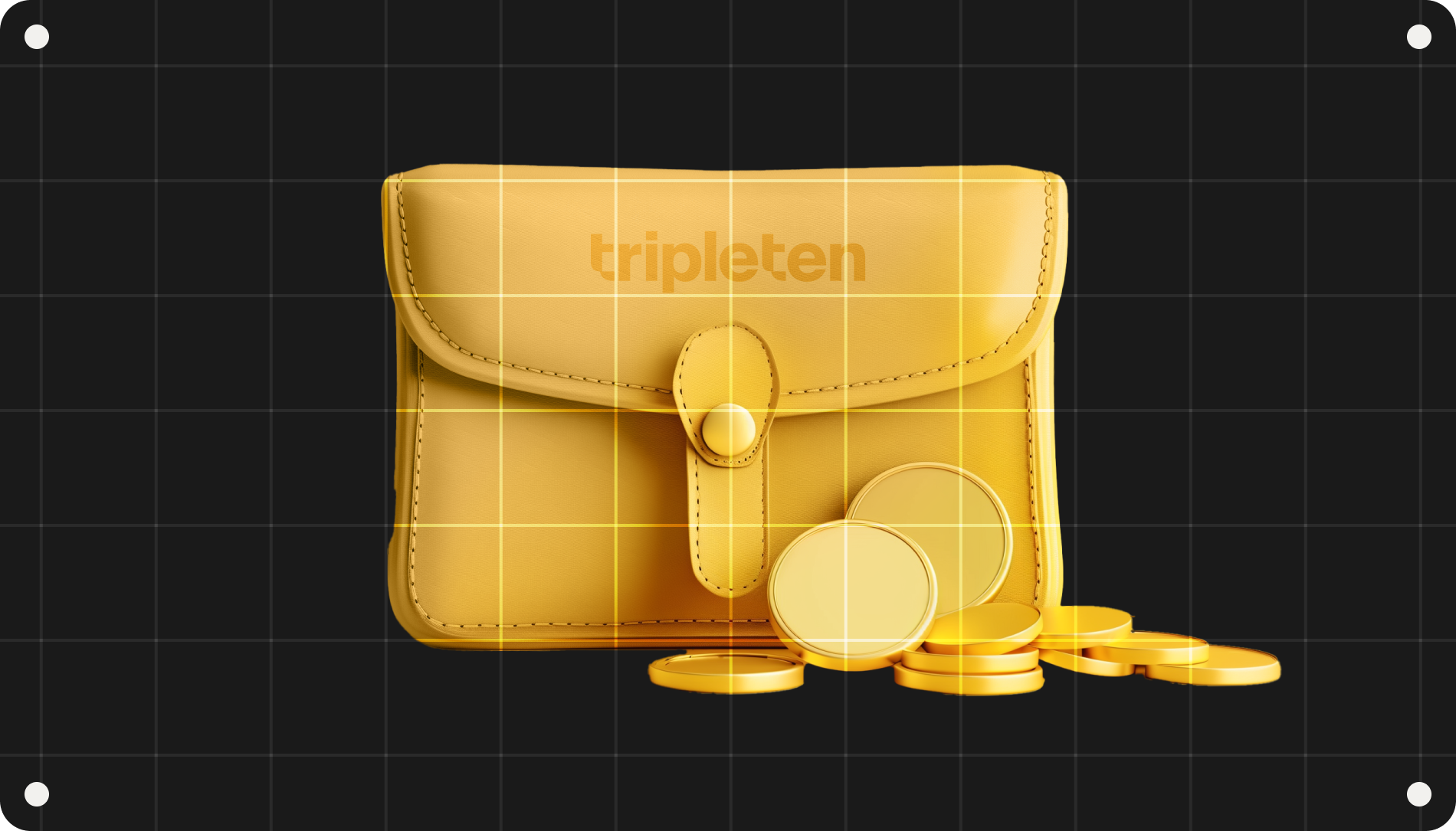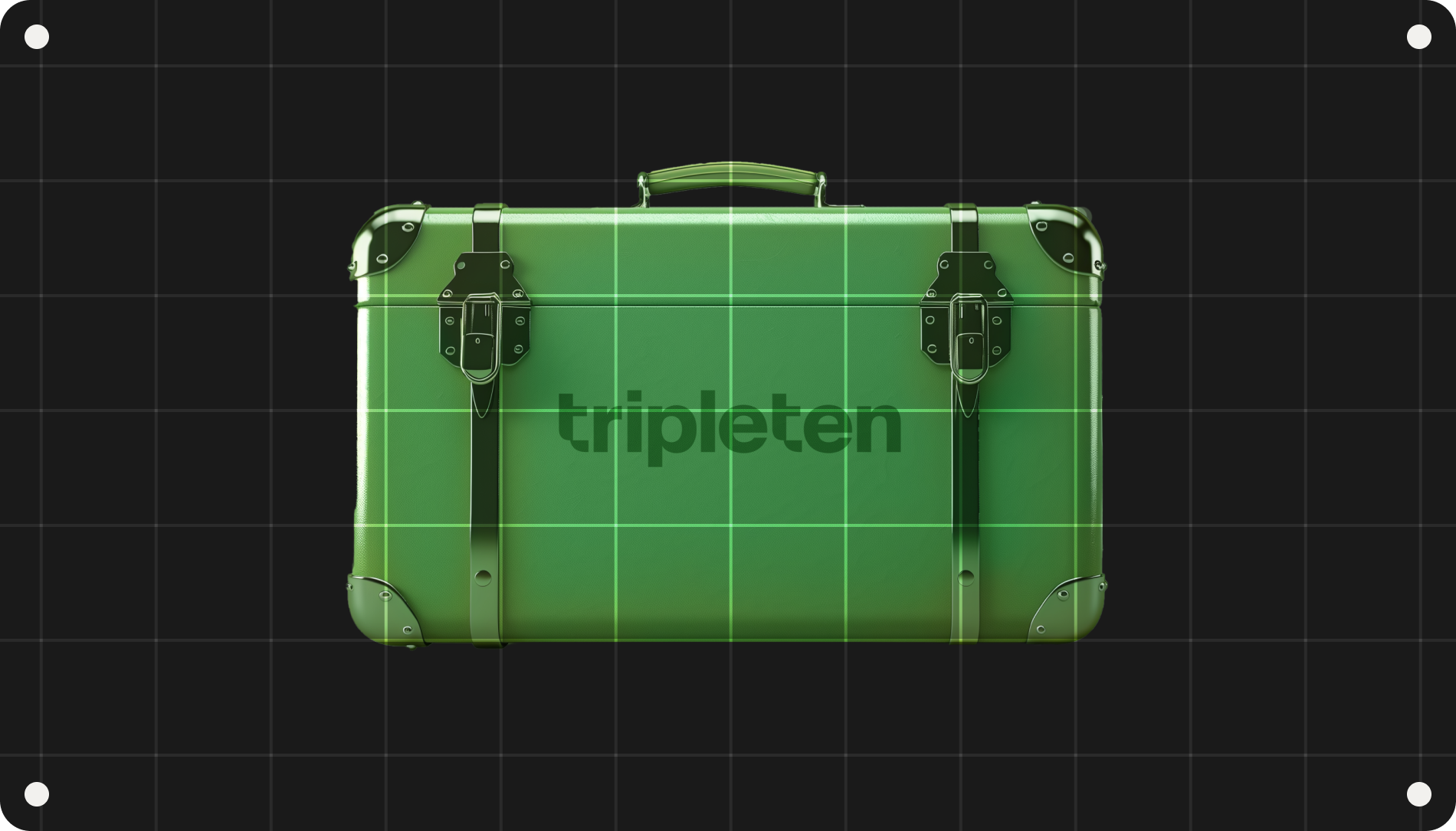AI is everywhere, whether it’s your smartphone with voice recognition, smart watches that track your sleep patterns, or those customer support chatbots for your online bank.
AI-powered software can write content, create designs, analyze data, and make solid suggestions for business decisions. Does this mean that AI might replace jobs like content writers, marketers, or even software developers?
Since our TripleTen Data Science bootcamp program trains future data scientists, some of whom go on to help create sophisticated AI and neural networks, we can shed some light on this topic, with a few laughs along the way.
What are machines good at?
First, let’s discuss what machines are good at. Computers are great at memorizing and analyzing vast data sets, exceeding the human brain’s abilities.
However, machines are not naturally designed to find patterns, so they must undergo a long training period to learn from existing data, and create conclusions based on that knowledge. This can be done with a subset of techniques, one of which is machine learning (ML). ML would need to show the AI millions of pictures of a cat before it could distinguish one from a dog or a house.

Neural networks are inspired by the human brain, where neurons connect in complex schemas. Scientists get highly accurate calculations with a particular human-supervised input to a neural network. But the processes inside the network are opaque, as the neural network system acts as an enigma box with millions of ways to process information and find similarities and connections.
Deep learning comes into the frame to train a neural network, a more complex subfield of machine learning. To learn, any AI needs to have a supervisor. Or in the case of non-supervised learning, they will base on a constant supply of verified input.
However, machine learning without human supervision can result in biased outcomes, as algorithms must be extensively tested and verified to return conclusions that are 100% true.
How can AI help you in your job?
One of the numerous benefits of AI technology is that it can support human endeavors, and that has been developing on an impressive scale. AI is helping to keep a moderate load of passengers in airports and optimal turnaround times for airplanes. Services are reducing the volume of support tickets and chatbots handling customer requests. The world is prepared for self-driving cars and urban pilotless taxis, all based on machine learning.
Tech has also advanced with the growth of AI services, many of which are free or come at a modest price. Let’s take a look at some notable examples.
AI in software engineering
The internet hosting service GitHub and OpenAI (the publishers of ChatGPT) offer a cloud tool named Copilot, which acts like a pair programmer and suggests entire functions as you are coding. It creates suggestions that continue your sentences and can convert natural language prompts to code. ChatGPT itself is capable of turning natural language sentences into code lines. But you still need a software engineer to integrate that code into an actual application.
AI in creative writing
There are many tools to shape your creative writing, whether it’s a blog, social post, or professional article. Quillbot paraphrases text to make it sound fluent. Grammarly checks your vocabulary, spelling, and tone as you write across the internet.
Meanwhile, services like Novelai can generate fiction and help your literary writing. ChatGPT is also capable of storytelling: start your conversation with “Tell me a story about...”

AI tools for designers
Artificial intelligence can automate much work for designers and creative minds. Uizard offers a design assistant service that can convert screenshots and sketches into mockups, analyze the most attractive parts of the design for the user, and help create high-class user experiences. Autodraw also suggests images and icons as you draw. Tools like Fronty automate arranging designs into HTML layouts and CSS code.
Can AI replace you?
The strengths of AI can undoubtedly complement a human brain, but it is early to worry about being replaced completely. Many functions that intelligent robots execute today are connected to meticulous or dangerous activities, such as ocean diving, welding, microsurgery, or military activities. Only a few AI models currently have more than one core function. For instance, the well-known ChatGPT that launched in November 2022 is a Large Language Model focused on analyzing and answering questions in a natural, conversation-like language.

Instead of being suspicious that an AI can take your job, you may want to look at how to become part of this existing evolution. Learning data science is the first step for those who want to develop AI technologies.
Data science is a broad interdisciplinary field to describe an ability to collect, analyze, and interpret data with a code. Machine learning is part of data science, but it grows to support AI creation.
There are many courses and resources to start your data science training. Look into professional programs and bootcamps that can support you from zero to a career launch. These will not merely focus on theory but ensure you have enough experience to successfully start a job after graduation.
And working with AI gives you many benefits, from getting a competitive salary ($89,300 for an entry-level position) to being a part of one of the most cutting-edge processes in tech.
TripleTen’s Data Science Bootcamp is based on teaching the essential volume of Python libraries for becoming a skillful data scientist. They include Pandas, Matplotlib, Scikit-learn, and NumPy, used for machine learning. Students also undergo externships that allow working on real-case scenarios and build a portfolio.

Not only machine learning specialists contribute to cutting-edge AI solutions. Plenty of software uses AI technologies only as part of their architecture, and developers capable of working with methods and models insure this integration.
You can work with the stack you are most familiar with and use the technology that allows AI-empowering. If you want to not only integrate but develop AI, here are the most popular languages for programming an AI: Python, Java, C++, Lisp, R, Julia, Prolog, Haskell.
As much as humankind can benefit from AI, machines still need humans to develop and progress. Do you want to be part of that fantastic journey? Consider joining a Data Science Bootcamp to start your new top-notch career.
.png)







.png)






